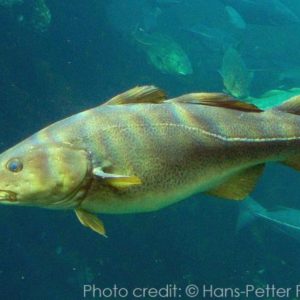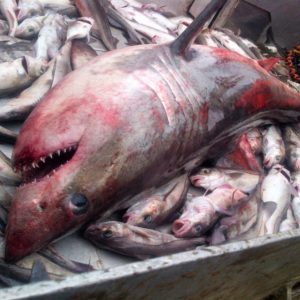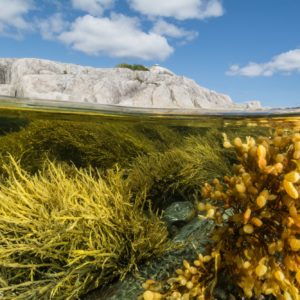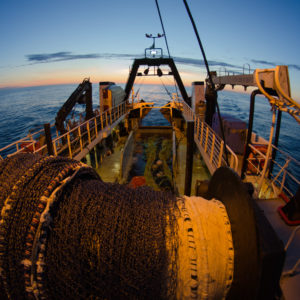Management
One way to mitigate overfishing, bycatch and negative habitat impact issues is by having robust management that monitors and adjusts fishing practices as the fishery and ecosystem dynamics change.
While there is no one-size-fits-all management method that can be applied to all fisheries, there are some principles and elements that should exist for a fishery to be environmentally, socially and economically sustainable.
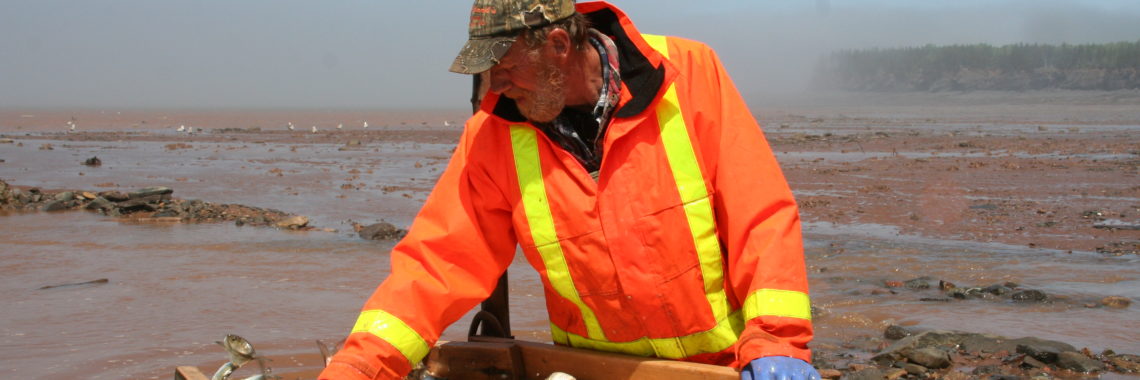
The Challenge
It is naïve to believe humans fully understand marine ecosystems to the point where we can be certain we are managing them correctly. It is important that any credible management system acknowledges this reality through the use of precautionary decision making, especially for data-limited fisheries. Precautionary management in light of widespread uncertainty can be achieved in many ways, including establishing conservative catch limits, implementing comprehensive at-sea monitoring, implementing management structures that clearly match the fishing effort with the size of the population of fish (including bycatch) or habitat type, and establishing marine reserve and protected areas.
Canadian fisheries management has many robust policies and guidelines including rebuilding plans, monitoring, and data collection, but they are not always adhered to.
Political pressure, lack of resources, or industry influence sometimes overpowers policy guidance. None of the Canadian policies are also upheld through nationwide regulation.
Canadian fisheries are managed by different regional branches of the federal Department of Fisheries and Oceans (DFO): Pacific, Maritimes, Gulf, Newfoundland, Arctic. For large highly migratory species like tuna, there are other management bodies that play a role in decision making, such as the International Commission for the Conservation of Atlantic Tunas (ICCAT), the Western and Central Pacific Fisheries Commission (WCPFC), and the Northwest Atlantic Fisheries Organization (NAFO).
Unfortunately, even if proper management occurs within a country’s 200 nautical mile Exclusive Economic Zone (EEZ), fishing on the high seas and illegal, unregulated and unreported fishing can undermine those efforts.
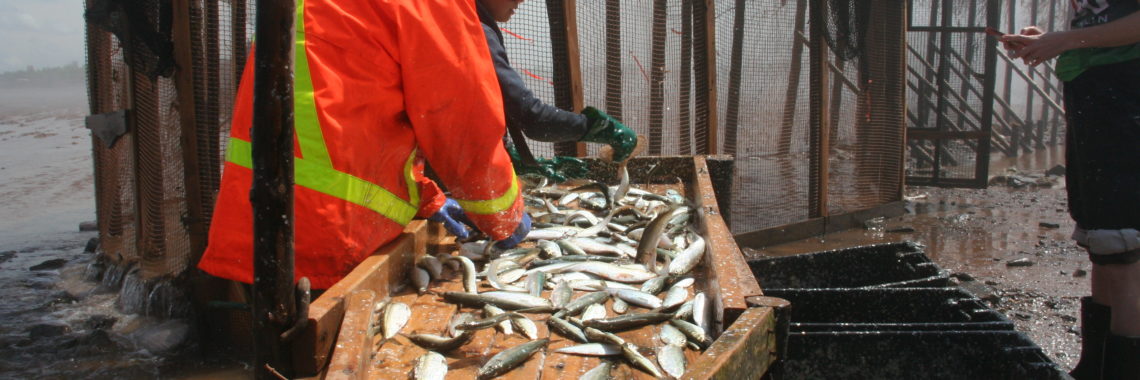
The Solution
The foundation of effective fisheries management is accurate and reliable science and data. In Canada, strong management is associated with catch monitoring, independent fisheries surveys, transparent and science-based decision making, precautionary decision making, adequate funding, economic viability of the fishing fleet, and the protection of vulnerable habitats and endangered or threatened species.
Following Canadian regulations and truly managing our fisheries with a precautionary approach can help Canada safeguard its fisheries into the future. This precaution will become increasingly important as climate change alters our marine ecosystem in unpredictable ways.
Further Information
- Protecting Coastal Waters – David Suzuki Foundation
- Marine Spatial Planning – Ecology Action Centre
- Canada’s Fisheries Act
- Management measures, programs and initiatives – DFO
- Sustaining Canada’s Major Fish Stocks – Report of the Commissioner of the Environment and Sustainable Development
- Here’s the Catch: How to Restore Abundance to Canada’s Oceans
- Canada’s Marine Fisheries: Status, Recovery Potential and Pathways to Success
